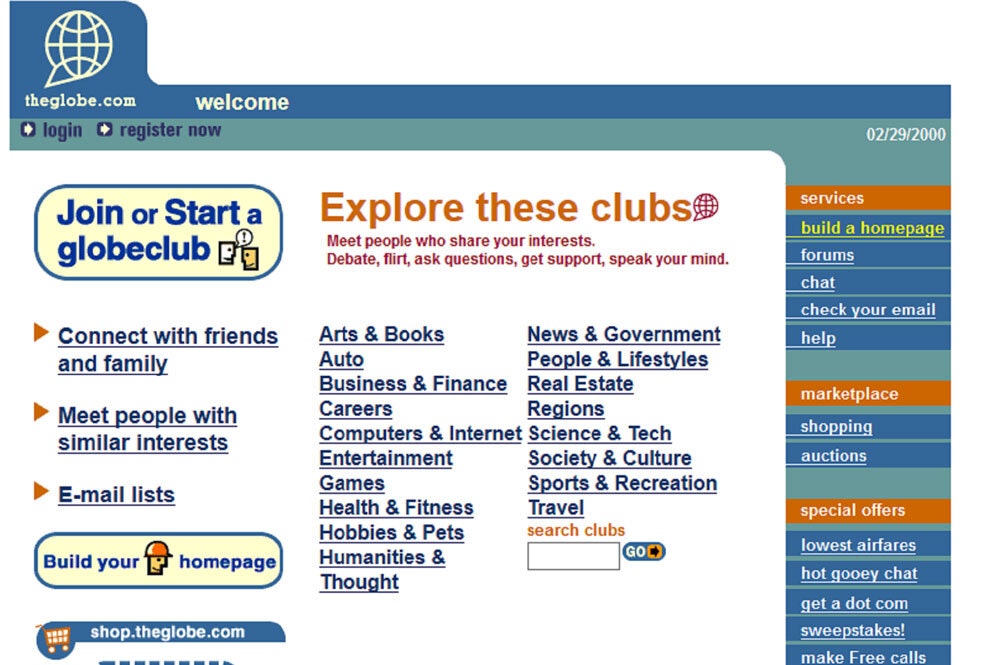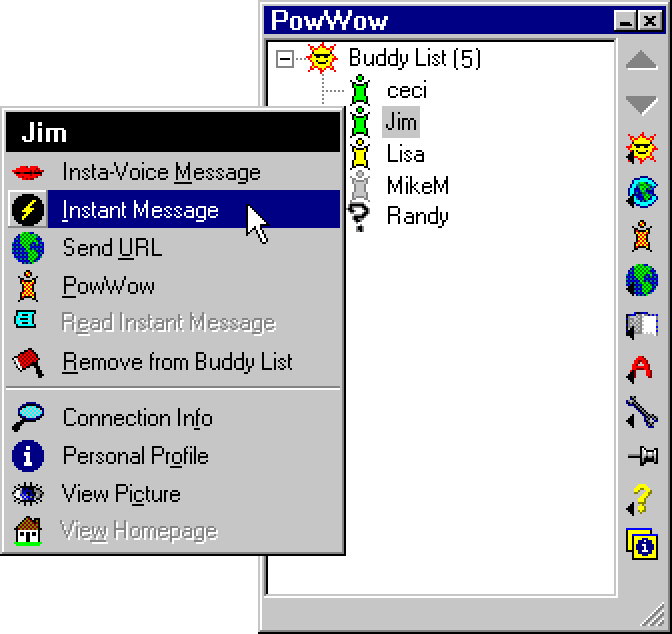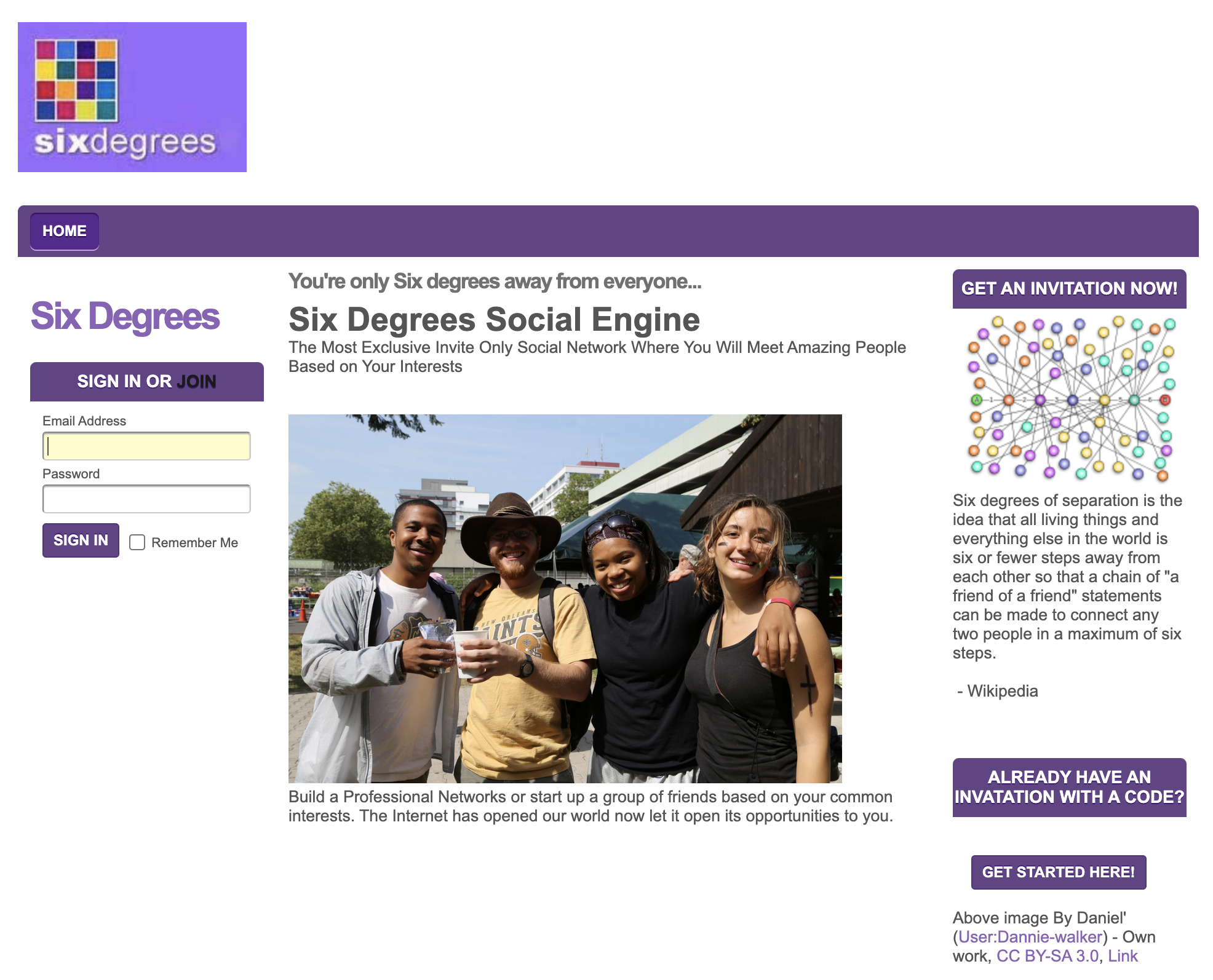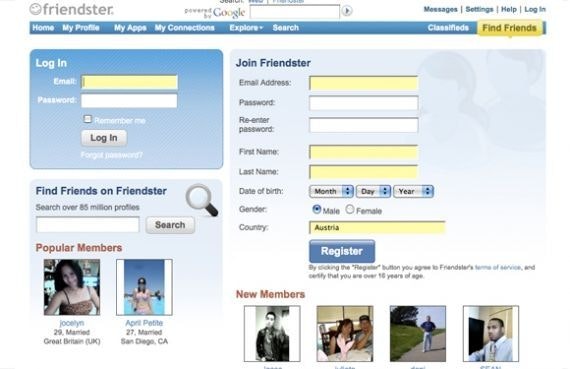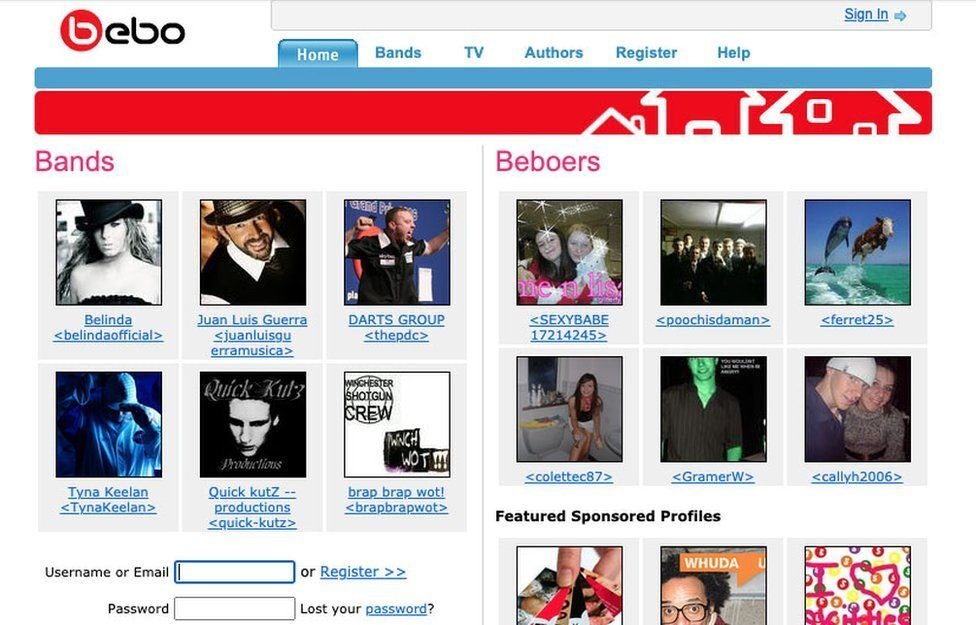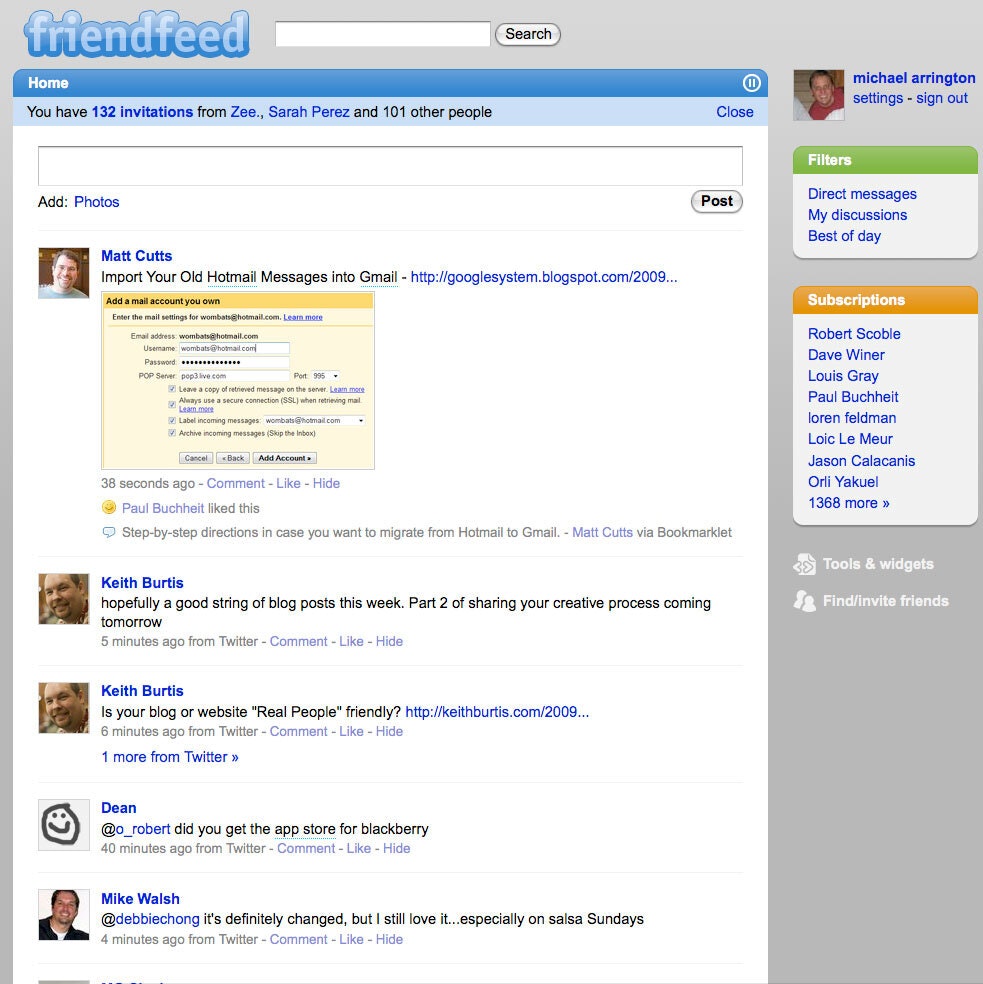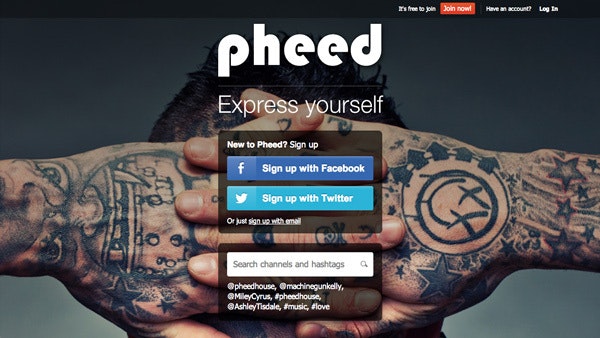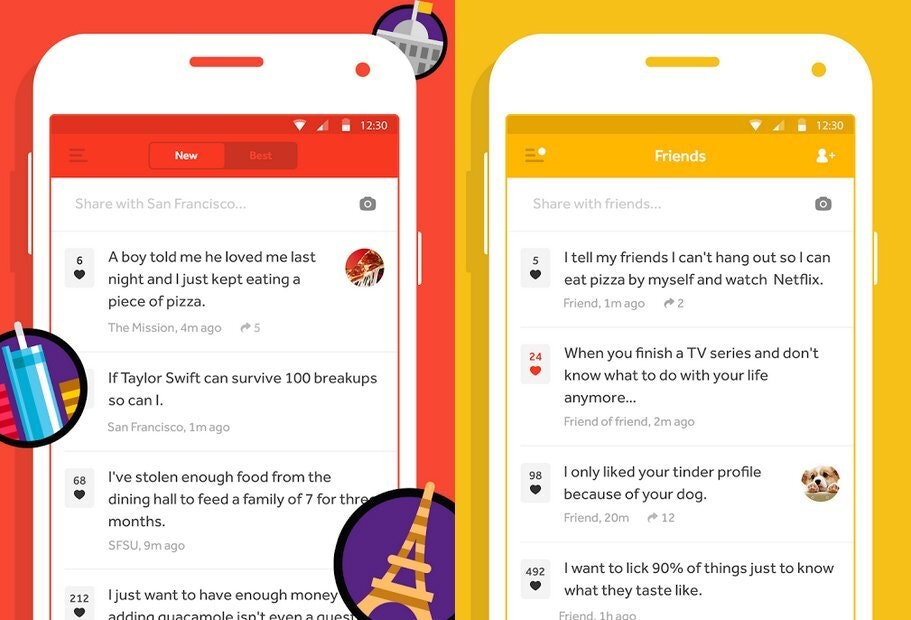Tedium - Where The Action Was 💬
|
|
|
|
|
|
|
|
|
|
|
|
|
|
|
Older messages
We Value Your Feedback 🗳
Friday, June 17, 2022
How suggestion boxes gave companies a taste for big data. Here's a version for your browser. Hunting for the end of the long tail • June 17, 2022 Hey all; so I'm calling a mulligan after a long
Immigrating to Your Dreams ⚽️
Friday, June 17, 2022
The challenges with immigration facing elite athletes. Here's a version for your browser. Hunting for the end of the long tail • June 15, 2022 Hey all, Ernie here with a fresh piece from Andrew
Reflection, In Four Parts🪞
Saturday, June 11, 2022
It's time to reflect. Here's a version for your browser. Hunting for the end of the long tail • June 10, 2022 Today in Tedium: I have to admit, my mind is kind of blown right now by the OpenAI
Gaming The Charts 🎸
Wednesday, June 8, 2022
How artists take advantage of quirks in Billboard's famous charts. Here's a version for your browser. Hunting for the end of the long tail • June 08, 2022 In honor of the return of Kate Bush to
All Over the TV Dial 📺
Saturday, June 4, 2022
Checking in on odd and emerging broadcasting standards. Here's a version for your browser. Hunting for the end of the long tail • June 03, 2022 Today in Tedium: Back in 2017, I wrote a nice lengthy
You Might Also Like
JSK Daily for Feb 27, 2025
Thursday, February 27, 2025
JSK Daily for Feb 27, 2025 View this email in your browser A community curated daily e-mail of JavaScript news Introducing the New Angular TextArea Component It is a robust and flexible user interface
Daily Coding Problem: Problem #1703 [Hard]
Thursday, February 27, 2025
Daily Coding Problem Good morning! Here's your coding interview problem for today. This problem was asked by Goldman Sachs. Given a list of numbers L , implement a method sum(i, j) which returns
Charted | The $124 Trillion Global Stock Market, Sorted by Region 📊
Thursday, February 27, 2025
In this graphic, we show the world's 48000 publicly-traded companies, collectively valued at $124 trillion. View Online | Subscribe | Download Our App Enjoying Visual Capitalist? You'll love
AI CAPTCHA Fails Are the Internet’s New Comedy Show!
Thursday, February 27, 2025
Top Tech Content sent at Noon! Boost Your Article on HackerNoon for $159.99! Read this email in your browser How are you, @newsletterest1? 🪐 What's happening in tech today, February 27, 2025? The
Say Goodbye to Type Erasure
Thursday, February 27, 2025
View in browser 🔖 Articles Practical Kotlin: When and How to Use inline reified, noinline, and crossinline Master Kotlin's inline reified functions to tackle type erasure and boost performance!
SRE Weekly Issue #464
Thursday, February 27, 2025
View on sreweekly.com A message from our sponsor, incident.io: For years, on-call has felt more like a burden than a solution. But modern teams are making a change. On Feb 26 at 1 PM EST, hear why—and
Hands On: New VS Code Insiders Build Creates Web Page from Image in Seconds, More
Thursday, February 27, 2025
Home | News | How To | Webcasts | Whitepapers | Advertise .NET Insight February 27, 2025 THIS ISSUE SPONSORED BY: ■ Visual Studio Live! Las Vegas: .NET Developer Training Conference ■ VSLive! 4-Day
Re: Tomorrow's Password Class: How to sign up!
Thursday, February 27, 2025
Hi there, Do you reuse passwords? Do you struggle to remember unique passwords across accounts? Have you tried setting up a password manager but found it to be a hassle? You might not realize how
Documenting Event-Driven Architecture with EventCatalog and David Boyne
Thursday, February 27, 2025
If you're wondering on how to document Event-Driven Architecture, or you don't know that you should, I have something for you. We discussed with David Boyne, why data governance practices and
wpmail.me issue#708
Thursday, February 27, 2025
wpMail.me wpmail.me issue#708 - The weekly WordPress newsletter. No spam, no nonsense. - February 27, 2025 Is this email not displaying correctly? View it in your browser. News & Articles Shaping

